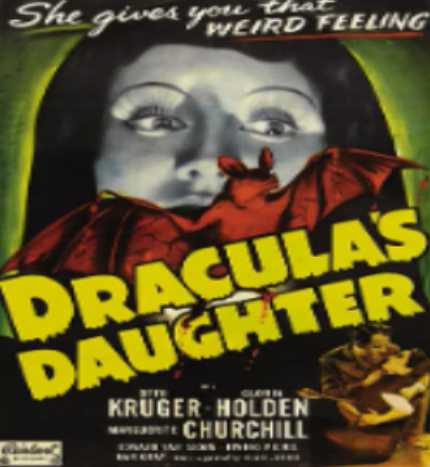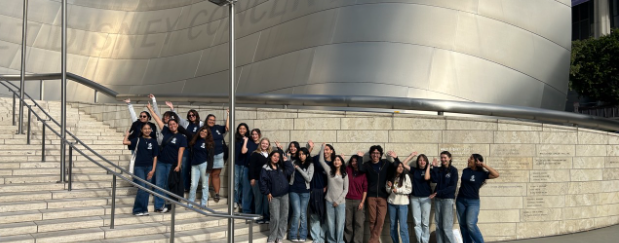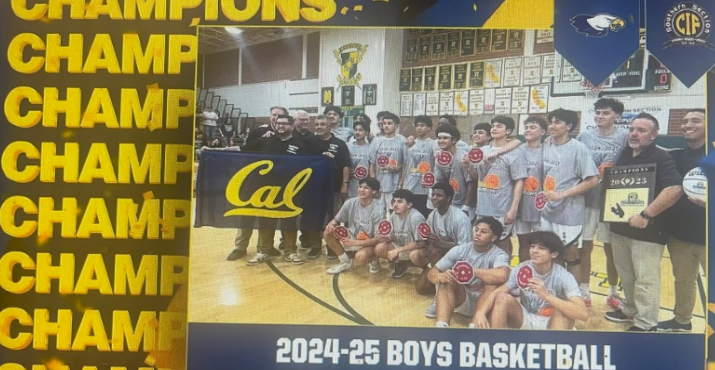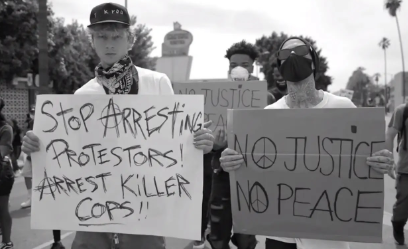The history of queer coding in film is a complex narrative of survival, subterfuge, and gradual liberation. Before the Hays Code’s restrictive era, queer artists like Marlene Dietrich and Dorothy Arzner found innovative ways to express queer identities through nuanced performances and behind-the-camera creativity. The Hays Code prohibited any “inference of sex perversion,” which included homosexuality, in American films, which erased positive queer representation and forced filmmakers to express queerness only through coded dialogue, subtext, and mannerisms. The post-Hays Code era gradually expanded these representations, transforming queer-coded characters from marginalized stereotypes to more complex, human narratives. 
Horror films have long served as a complex narrative space where queer experiences could be explored through coded representations, often reflecting societal fears and marginalization. By positioning queer characters and themes as monstrous, these films simultaneously revealed the deeply rooted anxieties surrounding non-heteronormative identities while paradoxically providing a subtle platform for queer expression. The genre’s focus on outsiders, transformation, and challenging social boundaries made horror an unexpectedly rich terrain for queer storytelling, one where characters beyond conventional social norms could find complex, if often tragic narratives. From coded villains like vampires representing sexual “deviance” to monsters symbolizing the pain of external rejection, horror movies became a unique cinematic language through which queer experiences could be articulated, often speaking volumes through subtext when direct representation was culturally forbidden.
Films like Stephen King’s “It” provide nuanced narratives that resonate deeply with LGBTQ+ experiences. The character of Pennywise, a shape-shifting entity that preys on individual fears, serves as a powerful metaphor for the external threats and internal struggles queer individuals often face, and how heterosexual audiences historically have viewed the community. Similarly, “The Rocky Horror Picture Show” stands as a landmark of queer expression, with Tim Curry’s iconic performance of Dr. Frank-N-Furter challenging gender norms and celebrating sexual liberation. These films do more than simply entertain; they create spaces where marginalized identities can see themselves reflected, transformed from monsters into complex beings who refuse to be constrained by societal expectations. By using horror’s inherent ability to challenge normative boundaries, these movies have become crucial texts in understanding queer representation, turning the genre into a radical platform for exploring identity, difference, and the monstrous beauty of being unapologetically yourself.
The genre’s unique ability to disrupt heteronormative expectations allows filmmakers to embed queer narratives that speak to the community’s internal and external struggles, transforming monsters from symbols of fear into representations of otherness and survival. By presenting characters who exist outside societal norms, horror films create intricate spaces where queerness can be simultaneously hidden and boldly expressed. These narratives fundamentally challenge traditional social structures by presenting monsters not as inherently evil, but as misunderstood beings whose difference becomes their source of strength and complexity, mirroring the queer community’s ongoing journey of self-acceptance and resistance against systemic oppression. Today, horror remains a powerful genre for exploring queer themes, moving beyond coding toward direct, unapologetic representation that celebrates the complexity and humanity of queer experiences.





